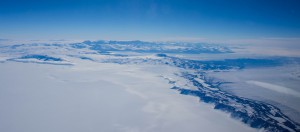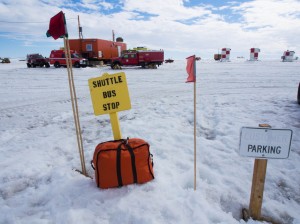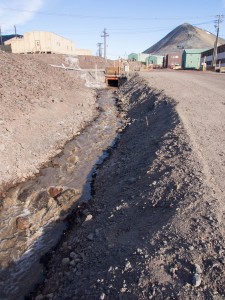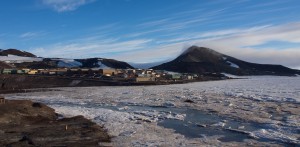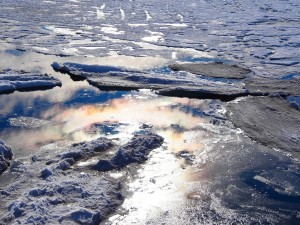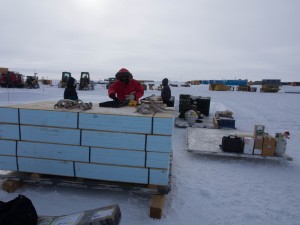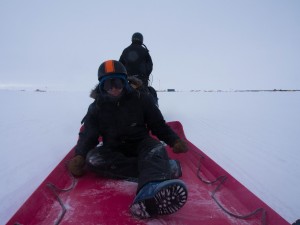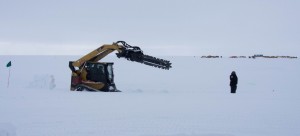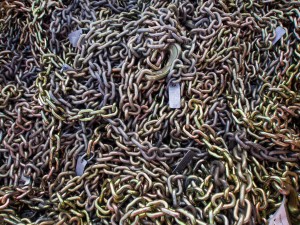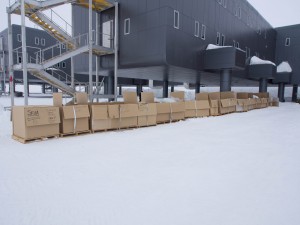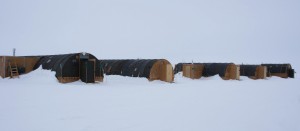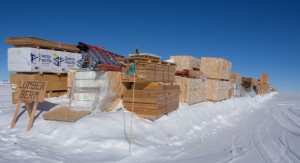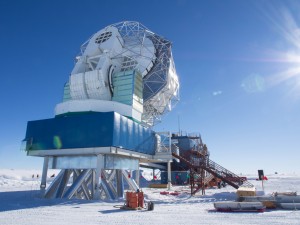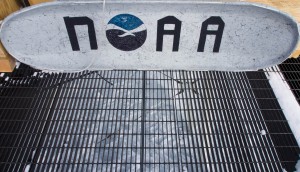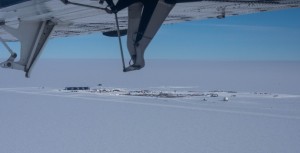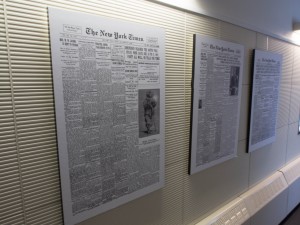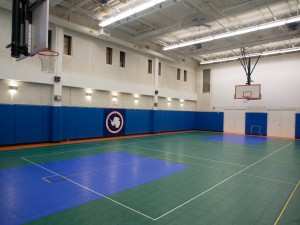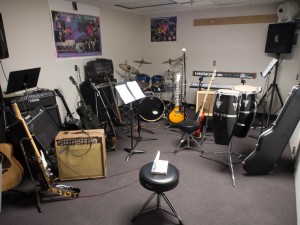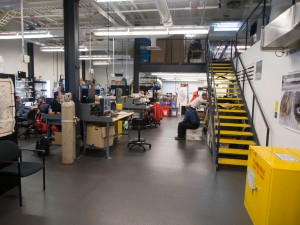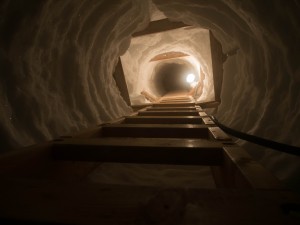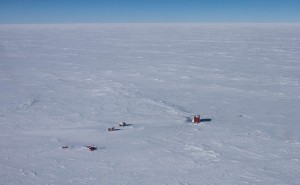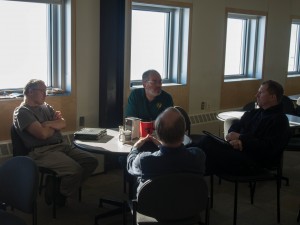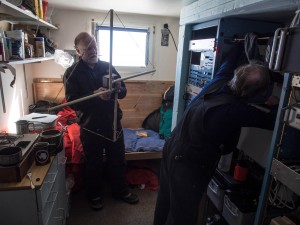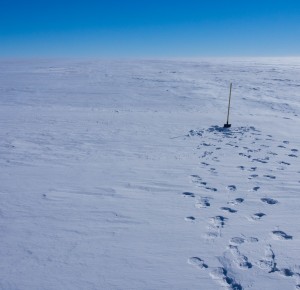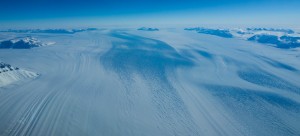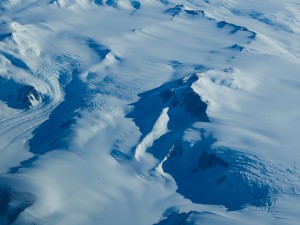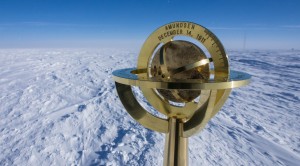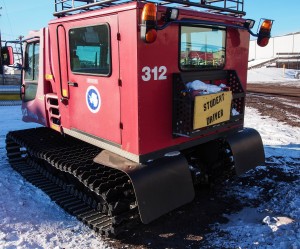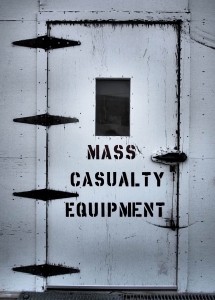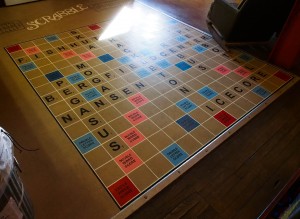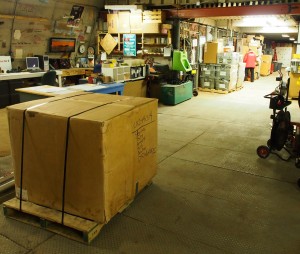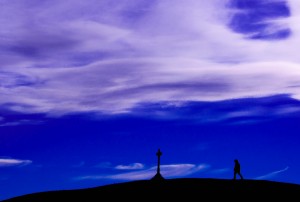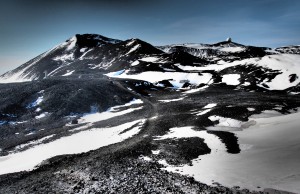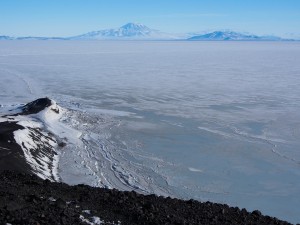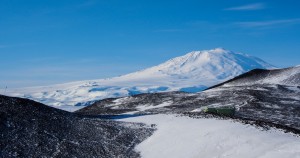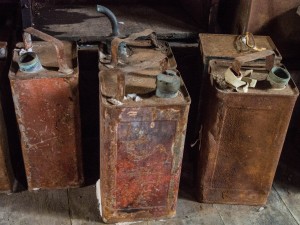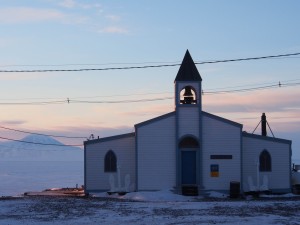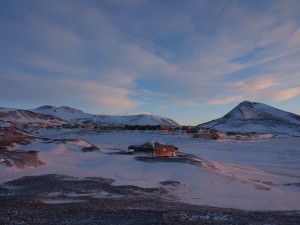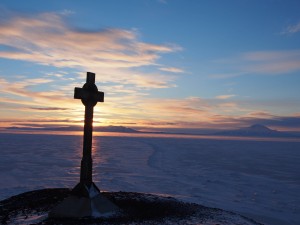Life is filled with moments which you know can’t be lived again.
When you know that you’ve been living something special.
And, now you are leaving that special moment, never to return.
That’s life. It happens.
It makes us appreciate how precious and fleeting life is.
What is the phrase? “The only constant is change”.
Today I’m leaving the South Pole.
Now, I’m a reasonably well traveled guy.
But, if I’m playing life’s percentages “I will never be back here again”.
I’m still processing the fact that I got this chance once.
I’m sure some of my ideologies and opinions need some work.
But, I try desperately to live life and the opportunities that come my way as if they won’t come again.
This is my way of appreciating the life I live.
It is very important to me to live the life I’ve been given to the fullest.
These are moments in a story that can only be read in a forward direction.
Today and every other day lead you to moments in which you won’t live again.
I try to eat life with as big of a spoon as I can find in the drawer.
Anyway, I’m outta here and headed North.
I grabbed my bags and hauled them past a Christmas tree made of steel machine parts and a very odd Santa Claus.
We packed our cargo on an Airforce pallet so a forklift can load it into the C130.
A few friends came out to wave us goodbye as we boarded the plane and took our seats.
As the C130 pulled off the ice and started flying north the station got smaller till there was nothing but a flat white horizon and a whining engine tearing us through the sky.
The clouds were thick which made photographs less appealing than our flight to Pole.
Luckily I explained to the National Guard guy that when the Trans Antarctic Mountains finally popped up, I would love to take a few photos from the cockpit.
I fell asleep for a while finally getting a moment to relax.
I woke to the same guy telling me that the pilot would allow me in the cockpit for the landing.
I had to ask him to repeat himself, but I wasn’t going to ask three times.
We were getting close to McMurdo when I climbed into the cockpit.
Black Island, White Island and Mt Discovery were all recognizable but from odd, unfamiliar angles.
I was so excited that I think I took about three hundred photos.
I figured I would just keep clicking till they told me to sit down and strap in for the landing.
When I was about settled in, the pilot yelled “come back up here”.
I took my spot next next to the window again.
He took a fly over of the airstrip and banked hard into a 360 to line back up for the real landing.
In short, he was showing off for me.
It WAS AMAZING!
It was also all I could do to not fall over as I gripped hard onto a ceiling handle and tried to keep the camera taking steady video.
When the plane door opened up I was overcome by the smell of spring.
To me more accurate, it smelled like a warm sunny day of spring skiing.
It was undeniable.
It had been 40 degrees in McMurdo for a couple weeks now and the snow out on the ice shelf was foot deep slop.
If I were skiing I would refer to it as mashed potatoes.
While snow was melting like crazy, the mountains all around were still slathered in snow.
The snow pack is hundreds of feet thick so it doesn’t melt away it just becomes sloppy.
At the South Pole there is no smells.
There is nothing to smell.
No plants, no animals, no water.
It took a while to realize why everything in the South Pole station was so clean.
But, there is nothing to make it dirty.
There is no dirt.
So I was overwhelmed by the scent of warm melting water and dirt.
It smelled like taking a late afternoon spring walk around Missoula with Jess.
It smelled like a barbeque in a soggy spring backyard.
But, most of all it smelled like sitting on the front porch at the ski resort in April.
The days when you wish you could ski in shorts but you are not stupid enough to do it.
The days when you are baking in the sun with a pitcher of beer in front of you.
A couple great friends laughing and recounting the day.
I COULD SMELL!!!
I was like Dewey Cox!
I wasn’t smell blind anymore!
McMurdo had never seen a month of heat quite like this.
It was making an absolute mess of the snow road from Pegasus Airstrip to McMurdo.
What used to be a quick 45 minute drive has become almost a 2 hour endeavor.
Vehicles with wheels couldn’t get traction and only ripped the road up.
There is a four mile section in which the bus had to be pulled on a “magic carpet”.
It’s the same industrial plastic sheeting that the Traverse pulls cargo across the continent on.
The huge Caterpillar tractor pulled us and another bus along like were on a toboggan.
Eventually the road became solid again so our bus was able to make good time back to McMurdo.
A dorm room, a shower and a late night dinner awaited.
The only Emperor Penguin that I’ve seen so far was standing on the side of the road.
Pretty drab sighting, but I’ll take it.
I’m also overwhelmed by the site of liquid water.
I know that may sound strange.
However, when everything is frozen as far as you can see, a pool of bright blue water is pretty profound.
I found myself staring at a seasonal drainage ditch on the side of the road.
It was running water and there was something guttural that made me smile and stare.
McMurdo in general was a different place than I left two months ago.
Everything was dry and dusty like a country road in August.
Doors to buildings are left open to get fresh air while the short nice weather window is spreading its joy.
It’s great to just be able to go for walks again.
At the South Pole you don’t go outside unless you have to or you are going somewhere specific.
I’ve gone on a walk in gym shoes every day since I’ve been back to McMurdo.
I still need a coat, hat and gloves, but it is still Antarctica.
Andy and I walked to Scott Base one evening to have a beer and check out the station.
We were still acclimatized to the 10,000’ elevation at South Pole.
It felt so great to walk at sea level!
I wondered around for hours taking pictures and enjoying the warm 35 degree weather.
The sea ice heaves and cracks near the base which allows openings for Seals.
The melt ponds gleamed bright blue while the seals made periodic groaning noises.
As I walked back I stared down at the massiveness of the Ross Ice Shelf.
Ivan the Terra Bus looked like a dot as it drove arrivals back from the airstrip to McMurdo.
Observation Hill’s silhouette stood tall against the ice sheet.
Hut Point has some open water and Adelie Penguins and Weddell Seals have been hanging out there.
They are far enough off that I don’t get great photos but it’s just amazing to be in their presence.
They tend to just stand or in the case of the seals, just lay there.
They don’t do a Happy Feet flash mob or anything.
I’m just excited that they are being penguins and seals in Antarctica.
The open water leads into a huge crack that stretches far across the sea ice.
It is enormous but somehow still dwarfed by this expansive landscape.
There are clusters of seals along the length of the crack.
Within a month there will be an Ice Breaker ship sent to open up the ice in the bay.
Shortly afterward the annual cargo ship arrives with a year worth of food and supplies.
The same ship leaves with all of the year’s garbage and the cargo being sent back to the United States.
The other night I was standing at Hut Point watching the tide come in and out.
When I left for the South Pole the ice was covering all water and there was obviously no visible tide.
Now the rise and fall moves plates of sea ice up and down.
It’s hypnotic.
Maybe I’m just overwhelmed by what I’m a part of.
Well, I know I am.
This has been one of the most profound experiences of my life.
I continue to walk around in total awe of the concept of where I am.
I may get used to the culture of the place or that there is a huge volcano directly across the sea ice.
The classic imagery of Antarctica is always in my face.
Helicopters fly in and out against the mountainous backdrop on what seems like an hourly schedule.
There are few things more visually dramatic than that.
While it’s all of these things that make it very apparent where I’m at.
It’s the fact of knowing how special and once in a life time this moment is.
I’ve been given the chance of a life time.
In return I hope I’ve given it the respect that it deserves.
I will be forever grateful for this opportunity.
I hope I’ve used a large enough spoon for the occasion.
To LIFE!






